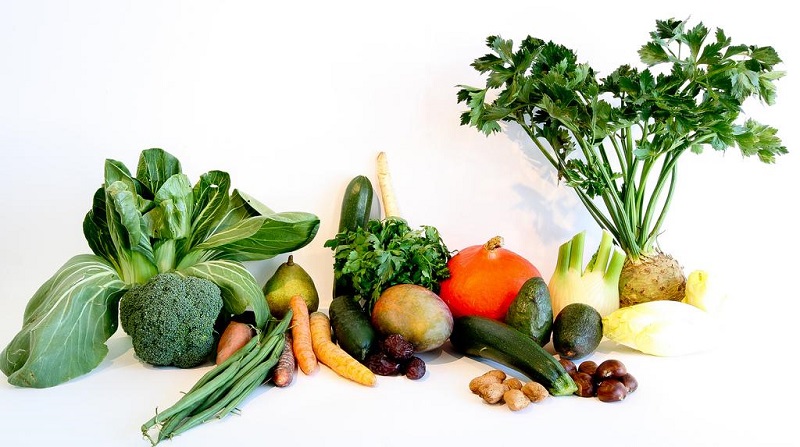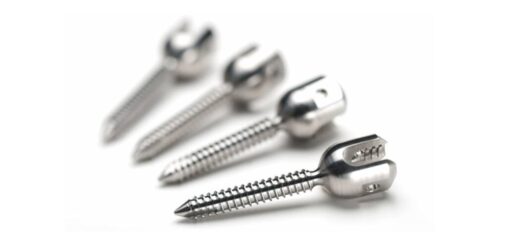Vegetable Protein
More and more often, we speak of the importance of plant proteins and the lack of animal protein in diets like vegan or vegetarian.
What they really differentiate these two classes of proteins and why it is important to know how to differentiate and introduce them into our diet? Need a list of vegetable proteins exist?
From my personal point of view, in the absence of diseases or health disorders, each of us is free to choose which feed protein, plants or animals that they are, but according to certain criteria of quality and quantity … find out what it is.
What are the proteins?
First of all, let’s go over together what are proteins and why it is so important to introduce them in our diet…
– Participate in the immune system response
– Bind to specific substances, such as hemoglobin, to facilitate transport in circulatory current
– Form part of the skin, muscles, hormones, enzymes, brain, liver, etc.
– Two in particular proteins, actin and myosin, mediate muscle contraction
In short, we could not live without proteins.
Despite this, the proteins as to assume in our daily food intake should not exceed 15% of the total, and in particular should be 5% of animal origin and a 10% of vegetable origin.
But what are the foods that contain protein? They really are a great variety: meat, fish, eggs, milk and dairy products, legumes and dairy products (such as tofu and tempeh), seitan, cereals, nuts, seeds (pumpkin, sunflower, flax, sesame …), algae, yeast, pollen, honey and royal jelly.
Biological protein value
Proteins are made up of smaller units called “amino acids” that characterize the structure and the functions they perform.
The body is able to synthesize alone most of the amino acids of which we need, with the exception of the essential amino acids to be taken with the diet. The biological value of a protein has a close correlation with its content of essential amino acids: so that a protein is absorbed and used in the body, it is necessary that it contain all the essential amino acids in the right quantities.
So, if a protein is rich in essential amino acids, as in the case of meat, is a good quality protein (in reference to the biological value), if it is lacking essential amino acids, as in the case of legumes, is considered of lower quality.
In general, proteins with the highest biological value are those of eggs, fish and cheese (see table), but before discarding plant proteins for this reason alone, illustrative in this article other important aspects of the proteins: as the digestibility, the amount of purines, the presence of fibers, vitamins and minerals, etc.
|
100 g food |
QUANTITY (g protein) |
QUALITY in% NPU (net protein utilization) |
| SOY | 35-40 | 61 |
| CHEESES | 20-29 | 70 |
| MEAT | 16-29 | 67 |
| DRIED VEGETABLES | 17-25 | 60-43 |
| DRIED FRUITS | 13-26 | 55 |
| FISH | 10-24 | 80 |
| EGGS | 13 | 95 |
| CEREALS | 8-13 | 70-52 |
How to combine proteins
As you can see from the table above, one of the richest source of protein is just the flesh; but not just a slice of it to make all the necessary amino acids to the body at optimal doses! Precisely what the flesh, as well as the fish and cheese, is deficient in tryptophan, amino acid important for the good mood and sleep; how to do so to correct this deficiency? Easy! We can consume the meat together with another food rich in tryptophan, for example, the dried fruit.
We see other examples of associations useful for people who habitually consume animal foods for vegetarians or vegans…
- Cheese + nuts
- Fish + dried fruit + vegetables
- Legumes (including soy) + dried fruit
- Cereals + legumes (in the ratio 3: 1, three cups of cereal 1 pulses) + dried fruit
Examples: oatmeal + lentil + nuts / beans barley + + pumpkin seeds / quinoa + + chickpeas with sesame seeds / corn + soybean + almonds
The only exception is the eggs, true protein bombs that make for themselves all the necessary amino acids.
You may also like to read another article on AnxietyReduction: Natural Methods for Lowering Your Blood Pressure
Vegetable Protein: The PULSES
The main source of protein that we encounter in plant foods is definitely the legume.
Legumes, unlike animal protein, are rich in protein, fiber, pro-vitamin A, B vitamins, calcium, phosphorus, potassium, magnesium and iron.
As we saw in the previous section, they have a low “biological value” and therefore it is necessary to combine them with other foods (cereal, dried fruit, fish) to obtain all the necessary amino acids to our body.
Are foods low in fat and contain a small purine (more substances contained in animal protein and which in excess can cause problems with the kidneys, joints, skin) and do not overload the kidneys and liver.
Like all proteins, however, you do not have to abuse it because they are characterized by a cell wall which can cause flatulence and intestinal fermentation. One trick to improve this problem is to cook well as legumes, leaving previously soaked and using seaweed and spices for their cooking.
I want to remember that the word “vegetables” are: beans, peas, beans, lupins, chickpeas, peanuts, soybeans, lentils. This is important to avoid to consume only soybeans, legumes with one of the highest biological value but not the only rich in protein.
Seitan, tofu, tempeh: New foods
Surely you already know or heard of these three foods, the last in the market and growing sales.
But what is it? And as it is advisable to hire them?
SEITAN: is a food made from the gluten of wheat. It is high in protein and contains little fat. To exclude in the case of celiac disease or gluten intolerance.
TOFU: is obtained from soy milk and is processed with the use of a coagulant known by the name of nigari, through a similar to that of the cheese manufacturing process. Is in fact used as a substitute for fresh cheese, it is rich in good protein and a moderate content of polyunsaturated fatty acids. For better digestibility it is advisable to cook it slightly, for example in a saucepan over low heat for a few minutes. Soy is rich in isoflavones (natural estrogen), important in case of symptoms related to menopause but which not everyone needs (the men would not recommend a daily intake).
TEMPEH: is derived from soybean seeds through a fermentation process. It’s a meat substitute in diets devoid of animal protein. Thanks to the fermentation, the soy proteins are more digestible and avoid unpleasant intestinal gas problems or even indigestion soy.
I personally recommend not to abuse these foods and then eating them 1 or 2 times a week. This is because the seitan in the long run can trigger in susceptible people intolerant to gluten and soy (tofu and the derivative) can interfere with the absorption of iron, zinc and iodine and increase the production of mucus.
Other alternatives to animal proteins
Also not forget that there are other foods from which you can derive proteins:
– Brewer’s yeast , also rich in B vitamins, useful for the beauty of hair and skin
– Dried fruits (especially peanuts, almonds, pistachios, cashews)
– Seeds (such as pumpkin, sunflower, sesame)
– Pollen, honey and royal jelly Ideal against mental fatigue, physical and to raise the body’s defenses
– Algae, including chlorella and spirulina
– Cereals (especially quinoa, amaranth and buckwheat) that you can find how to cook beans (the most recommended), vegetable milk, breakfast cereals, veggie burgers, cakes, cookies, etc.
– Superfood, foods that contain high amounts of protein powder in small doses (recommended about 5 grams a day), in particular can experience the pea protein, chlorella, spirulina and hemp.














